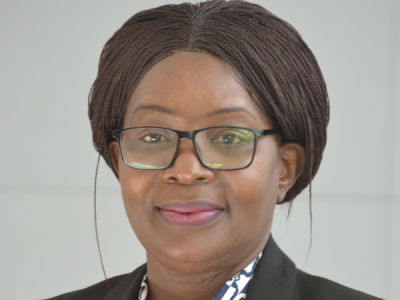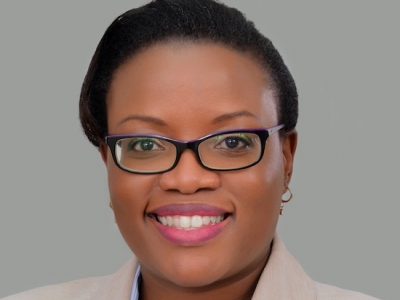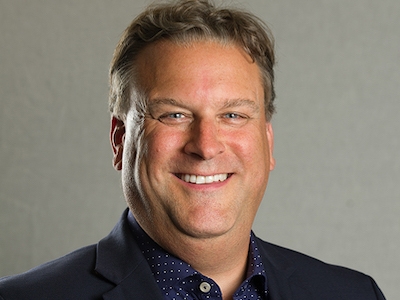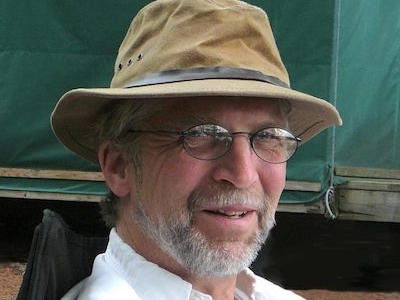 Noura Selim is the Executive Director of the Sawiris Foundation for Social Development, the largest family foundation in Egypt. She spoke to PANL Perspectives about the rapid expansion of philanthropy in Egypt and what philanthropists in Canada and globally can learn from experiences in the Middle East.
Noura Selim is the Executive Director of the Sawiris Foundation for Social Development, the largest family foundation in Egypt. She spoke to PANL Perspectives about the rapid expansion of philanthropy in Egypt and what philanthropists in Canada and globally can learn from experiences in the Middle East.
Philanthropy in the Middle East is Rooted in History and Culture – and is Changing Rapidly
What makes philanthropy unique in Egypt and for the Middle East is that philanthropy is historical and started from a religious or communal standpoint. Charity, not necessarily philanthropy, but charitable giving specifically is rooted in Egyptian culture across all socioeconomic levels and through different mechanisms. There weren’t formal foundations and formal mechanisms for giving — charity wasn’t announced and monitored — but within communities, charitable giving to education, to community, and to healthcare goes back a long way in the Middle East. In fact, it’s difficult to get data on that kind of giving, because most of it is anonymous, with no connections to tax benefits, as in other parts of the world.
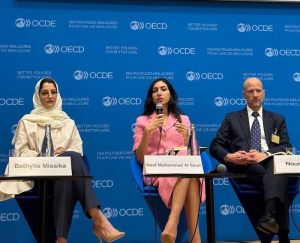
Noura Selim sits on a panel, “Tapping into the Power of Philanthropy to Support Local Community Response,” with H.R.H. Princess Nouf Muhammad Al Saud (CEO of the King Khalid Foundation) and Matt Reed (CEO of the Aga Khan Foundation).
Over the past 50 years, charitable giving has progressed to become more formalized, led by the private sector and corporate social responsibility (CSR) announcements. Companies now give in the space where individuals gave; both are happening together. Companies fund to build hospitals, improve education and support children for example. That’s what we call philanthropy. This included the beginning of private family foundations. The Sawiris Foundation was the first, founded in 2001.
Now, there are a number of family, corporate and international foundations, and they’re focused on Egyptian needs, such as building and maintain huge hospitals that provide free healthcare.
The population in Egypt is 104 million, and there are more than 55,000 formal, established non-governmental organizations. This is on top of the large number of anonymous and religious giving that’s still ongoing and still a part of Egyptian culture. This is a distinctive attribute of philanthropy in Egypt. –Noura Selim
More Coordination of Philanthropy is a Good Thing in Egypt

The Sawiris Foundation for Social Development (SFSD) was established in 2001 with an endowment from the Sawiris Family in Egypt. SFSD focuses on addressing the most pressing issues facing the most marginalized Egyptians, such as poverty, unemployment, provision of health services, and little access to quality education.
Egypt isn’t a wealthy country. It has two extremes, with many people living below the poverty line and with a huge percentage of young people. The Egyptian government can’t provide enough social safety nets for everyone, so a lot of official development assistance (ODA) flows into the country, filling roles that the government can’t, such as in the case of large, privately funded hospitals that provide free healthcare to the general public.
However, the Sawiris Foundation and the biggest foundations here coordinate with the government and ODA programs. This is important, because you get many entities working on the same problem, such as youth unemployment. You get international organizations, the Egyptian government, large foundations, the International Labour Organization, the World Bank and others, all working on youth unemployment for example. If possible, some sort of national syndication or coordination does help.
We Need More Evidence-Based Philanthropy
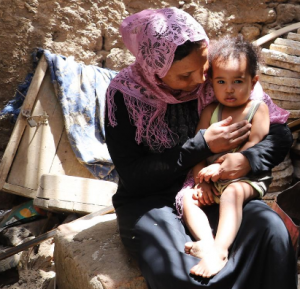
Microcredit does have its pros, but we need to know exactly what it solves and doesn’t solve. Overall, it’s good that more evidence-based tools are being used to assess ODA programs. This is one good thing that I hope philanthropists, globally, are watching.
The sector globally, and this includes Egypt and the Middle East, is moving into more professionalism, more scientific methods, instead of randomly training people or just distributing food here and there. Looking at evidence, and what works and doesn’t work, is important. For example, many people have been talking about microcredit as a save-all, but a lot of studies have come out showing that microcredit doesn’t lift people out of poverty. Microcredit does have its pros, but we need to know exactly what it solves and doesn’t solve. Overall, it’s good that more evidence-based tools are being used to assess ODA programs. This is one good thing that I hope philanthropists, globally, are watching. Even if it means spending more money on research and collecting more data and more evidence over a longer period of time, this is critical work if we want to solve serious problems in the long term.
Communities Know Their Needs and Abilities Better than External Stakeholders Do
The other things are contextualization and localization. In Egypt, we’re the recipient of a lot of aid and many foreign-designed programs. I have respect for global experience, but at the same time, if a program isn’t localized and contextualized — if you’re not going to work with local people and look at local communities — then you may be doing more harm than good with foreign-designed initiatives.
I have seen many international organizations that are well intentioned, but if they come in with a western view, with a program that may have empowered women in Canada, for example, but that might not work in Egypt, that might lead to more violence targeted at women, which I’ve seen here. The social structures between men and women in Egypt are different, and a program here should consider that context and shouldn’t lead to putting women in more vulnerable positions.
I would stress that philanthropic work should focus on local communities and truly understanding their context — especially balancing top-down approaches with participatory approaches.
Many communities might be more marginalize, less educated, and more economically poor, but they know their communities, their abilities and their needs better then external stakeholders do. It’s something we, sitting in Cairo, remind ourselves all the time — and it’s something international philanthropists should remind themselves also.
Noura Selim is on LinkedIn. Photos are courtesy of Sawiris Foundation.
Read about philanthropy in Ghana.
Friday, April 26, 2024 in Africa Philanthropy Series, For homepage, News & Events
Share: Twitter, Facebook
